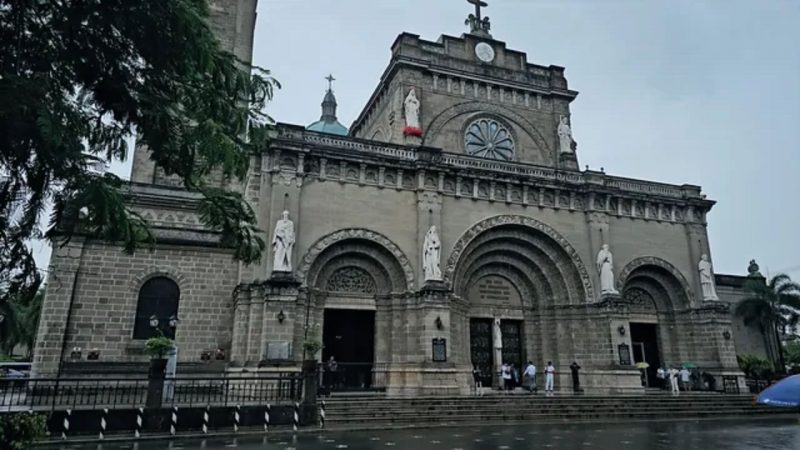MANILA — On December 21, 1581, the foundation of the iconic Manila Cathedral was laid, marking a significant chapter in Filipino history. Established by Pope Gregory XIII’s decree and dedicated to the Immaculate Conception, the initial structure was a modest bamboo and nipa construction, reflective of the settlement’s vulnerability to fire.
Unfortunately, the early cathedral faced challenges as it succumbed to accidental fires that razed the entire settlement on two occasions. In response to the pressing need for a more resilient place of worship, the new bishop, Domingo de Salazar, was granted authority to select a suitable location and allocated funds for the cathedral’s reconstruction.
The first cathedral, however, proved inadequate, prompting the Spaniards to petition the government for additional support to build a more substantial structure. By 1588, significant progress was evident as stone foundations were laid, and walls began to rise, reaching six to eight feet.
Notably, during the governorship of Gomez Perez Dasmariñas, the Manila Cathedral experienced its greatest strides in construction, coinciding with the development of stone fortifications for the city. This period it marked a crucial chapter in the cathedral’s evolution, solidifying its role as a symbol of resilience and enduring faith.
Reference: “General History of the Philippines, Part I, Volume I” by Martin J. Noone SSC, Pages 446-447, Historical Conservation Society, Manila, 1986.
(Jr Amigo/IA/MNM)







